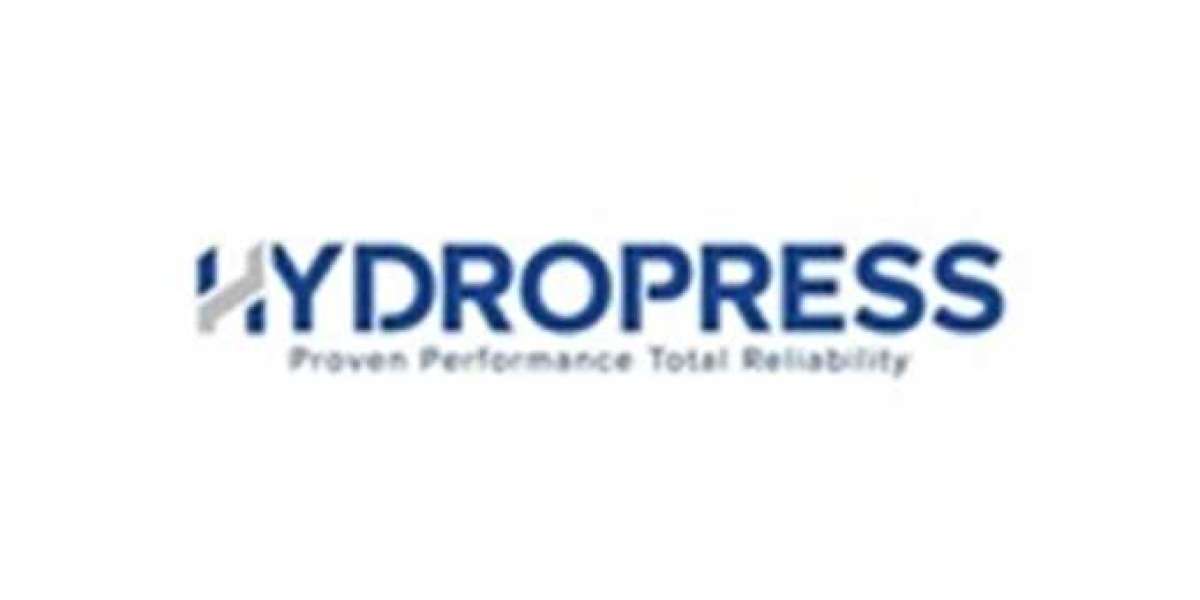Creating high-performing Google Ads campaigns requires a well-structured approach, combining strategy, optimization, and performance tracking. Here’s a step-by-step guide to help you build campaigns that drive results and get the best return on your investment.
Set Clear Campaign Goals
Effective Google Ads campaigns start with clear objectives. Define what you want to achieve, whether it’s increasing website traffic, boosting sales, or generating leads. Setting specific goals helps you tailor your campaign strategy and measure success.
Examples of campaign goals include:
- Increase brand awareness: Focus on reach and impressions.
- Generate leads: Use lead form ads and conversion tracking.
- Drive online sales: Optimize for purchases and conversions.
Make sure each goal aligns with your broader business objectives for consistent growth.
Conduct Keyword Research
Keyword research is crucial for reaching the right audience. Use Google’s Keyword Planner to discover search terms relevant to your business. Here’s how to get started:
- Log in to Google Ads and go to the “Tools Settings” menu.
- Select “Keyword Planner” to explore keywords by entering phrases related to your products or services.
- Analyze search volumes, competition levels, and costs for each keyword.
Aim to include a mix of high-volume and long-tail keywords to capture different levels of search intent.
3. Choose the Right Campaign Type
Google Ads offers several campaign types, each with different advantages. Choosing the right type is essential for reaching your target audience effectively:
- Search campaigns: Show text ads to users searching for your keywords on Google.
- Display campaigns: Show image ads across Google’s partner sites for broader reach.
- Video campaigns: Use YouTube ads to capture attention with video content.
- Shopping campaigns: Showcase product ads directly in Google search results for e-commerce.
Select the campaign type that aligns with your goals and budget.
Structure Your Campaigns and Ad Groups
Organize your Google Ads account by setting up relevant campaigns and ad groups. A well-structured account helps with tracking and optimization:
- Create separate campaigns for different product categories, target locations, or business goals.
- Divide each campaign into ad groups based on related keywords or themes.
Within each ad group, use keywords that relate closely to the ads and landing pages. A structured setup improves ad relevance, which can lead to higher Quality Scores.
Write Compelling Ad Copy
Your ad copy is key to attracting clicks. It should be clear, relevant, and action-oriented. Here’s how to craft effective ads:
- Use relevant keywords in your headline to catch users’ attention.
- Highlight benefits and unique selling points to differentiate your brand.
- Include a strong call-to-action (CTA) like “Shop Now,” “Get a Free Quote,” or “Sign Up Today.”
Ensure your ad copy is relevant to the landing page it directs users to, as this improves Quality Score and conversion rates.
Optimize Your Landing Pages
Your landing page plays a major role in conversions. Make sure your landing pages are relevant, fast, and optimized:
- Match the content of the landing page with the ad copy to maintain relevance.
- Include a clear CTA that aligns with your campaign goal, such as “Buy Now” or “Get Started.”
- Ensure mobile optimization since many users browse and convert on mobile devices.
An effective landing page improves the user experience and can significantly boost your conversion rate.
Set Up Conversion Tracking
Conversion tracking is essential for understanding which ads drive the best results. Here’s how to set it up:
- Go to the “Tools Settings” menu in Google Ads and select “Conversions.”
- Click on the “+” button to add a new conversion action (e.g., purchases, sign-ups, phone calls).
- Install the tracking code provided on your website or app.
Tracking conversions enables you to see which keywords, ads, and campaigns lead to valuable actions, helping you optimize spending.
Optimize Bids and Budgets
Proper bid management can maximize your ad performance within your budget. Start by using Google’s automated bidding strategies or set manual bids based on your goals:
- Maximize conversions: Let Google optimize your bids for the highest conversion rate.
- Target CPA (Cost-Per-Acquisition): Set a target cost for each conversion to control costs.
- Manual CPC: Set your own bids for each keyword, allowing greater control over spending.
Adjust your bids and budgets based on performance data and the competitiveness of your keywords.
9. Monitor Key Metrics Regularly
Tracking the right metrics helps you understand how your Google Ads campaigns are performing and identify areas for improvement. Important metrics include:
- Click-through rate (CTR): Shows how relevant your ad is to users.
- Conversion rate: Measures the percentage of clicks that lead to a conversion.
- Cost per click (CPC) and cost per conversion: These metrics help you understand how cost-effective your ads are.
- Impressions and reach: Track how many users see your ads.
Review these metrics regularly and adjust your bids, keywords, and ad copy based on what’s working best.
Analyze Results and Optimize
Regular analysis is critical to maintaining high-performing Google Ads. Evaluate your campaigns monthly or quarterly, depending on the campaign size, and make adjustments to:
- Pause low-performing ads and keywords to reallocate budget to high-performers.
- Adjust targeting options like location, device, and demographics based on results.
- Refine ad copy to better align with search intent and improve click-through rates.
Optimization is an ongoing process—using performance insights to improve campaign elements ensures your ads continue to perform effectively.
Conclusion
Running high-performing Google Ads requires planning, consistent monitoring, and ongoing optimization. By following these steps, you’ll be able to create campaigns that not only drive traffic but also lead to conversions. Remember, data-driven adjustments will enhance your ad performance over time, helping you achieve your advertising goals and maximize ROI.










